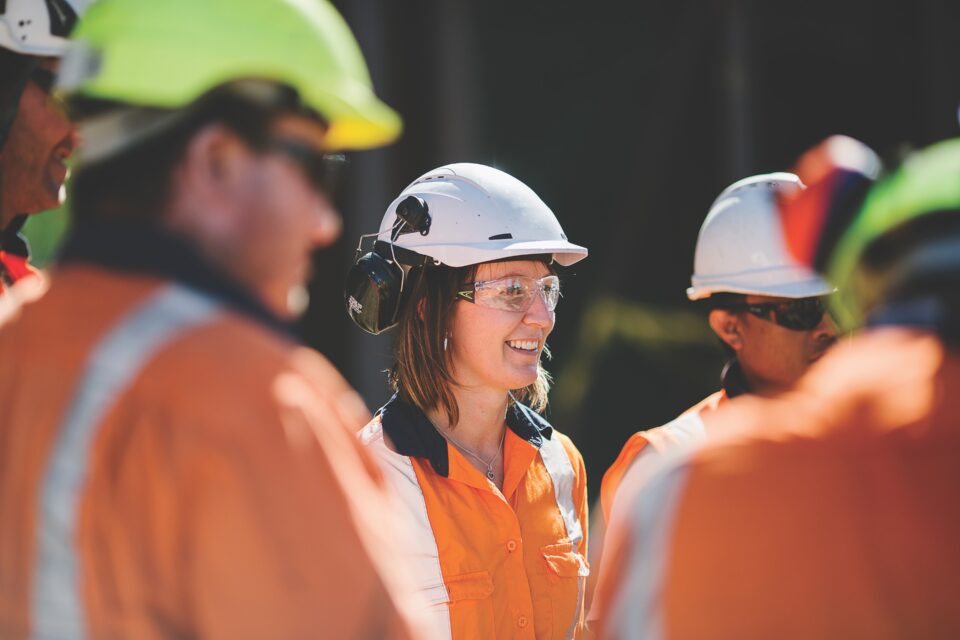Alan Pollard, Civil Contractors New Zealand Chief Executive, explains how and why we need a more practical approach to infrastructure.
A January article on the Stuff website by Infometrics Chief Forecaster Gareth Kiernan caught my eye. Under the heading What’s going wrong with our infrastructure? he tracks the infrastructure investment curve back to the 1970s and talks of the risk of our infrastructure falling short of first world status, and the need for a longer-term vision to support actually getting stuff built.
I couldn’t agree more. Hundreds of millions of dollars are being spent on consultants and promises made during budget and election cycles, often with a lot of public debate but without any physical construction taking place.
During the last government’s term and the transition to the new government, we have argued for a change of approach around how we plan and fund our infrastructure investment. My view is that plans should transcend election cycles. Wouldn’t it be great if the practical needs of our communities were put first, rather than political ideologies?
The state of our water assets is a case in point. Our water and sewage is leaking so quickly from aging systems that we are under water restrictions, boil water notices and no-swim notices in several cities and towns. But so far, the discussion has not made it to any practical level. Our political masters have muddied the water with arguments about co-governance, who pays for what, and what to call water reforms, rather than focusing on how to construct, maintain and operate the water network as well as possible. In the meantime, communities suffer. It’s just not good enough.
Gareth Kiernan also highlighted the need for better coordination between parties; “Central and local government, private investors, and constructors”. During the previous government’s term there was a strong “government knows best” mentality from politicians and officials that saw contractors (the experts in delivery of critical infrastructure) largely excluded from planning and design discussions.
The waste from this lack of engagement (for example through the need to correct poor design or insisting on bespoke design when existing designs would work just as well), has been huge.
This issue extends to local government as well, and I encourage local government clients to reach out to contractors through their local CCNZ branch when considering design practicality to ensure designs are fit for purpose and they can get the most value for money from infrastructure plans and projects.
As a taxpayer and rate payer myself, I am concerned about what accountability exists (if any) for poor decision making or inaction at central and local government level. It seems some officials can rest easy in the knowledge ratepayers or taxpayers will always be left to pick up the tab for the wastage that comes from poor decisions (or lack of decisions).
Already, we are seeing massive rates increases across the country of necessity, simply to maintain the assets we already have. It’s not sustainable, we don’t have the population base to support it.
Many councils around the country are lifting local body rates by 20 percent or more, but the conversation has been focused more on what the increase in rates is needed for rather than why councils have found themselves unable to fund infrastructure upgrades or maintenance in the first place.
What do we need to do
First, more transparency is needed from local and central government to ensure ratepayers and taxpayers are receiving the best value for money, the best quality decisions are being made on their behalf, and that those who fail to achieve minimum standards of performance are held accountable for their actions (or inactions). To this end, we need to look to alternative methods of infrastructure funding and financing if the infrastructure deficit is to be addressed.
Second, it is past time to put political biases and ideologies aside and focus on the real, built infrastructure networks our communities need and how they will be delivered. The Infrastructure Commission produced an excellent 30-year strategy, but what cross party support and commitment it has is unclear, so there’s a risk its application may become academic. This would be a shame, because without better clarity and a longer-term focus, it will be that much more difficult to have a shared vision for how we deliver that infrastructure.
I think we need to get back to what CCNZ has been advocating for – a well-defined and fully funded programme of capital and maintenance infrastructure works, developed and agreed in partnership with the relevant stakeholders (including the constructors who will build it), and spanning a time period more appropriate for intergenerational asset development.
This will take a paradigm shift in thinking, but, if we don’t get this right our status as a first world economy will be severely compromised. To quote Gareth’s column: “Civic leaders will need to make tough calls, but the decisions shouldn’t really be that difficult.
“Do you put money into critical infrastructure that is failing around us? Or invest in vanity projects or propping up private business?
“It’s hard to fathom why anyone would invest in a new home movie setup if their shower was flooding the bathroom – the same principle applies at a civic level.”
Clearly, we need to get back to a more practical approach in 2024 to resolve the uncertainty that has crippled the country’s infrastructure networks.
We’re all in this together, and I encourage you as local government sector leaders to reach out and access the practical perspective contractors can bring to the table through our association’s networks across the country.


